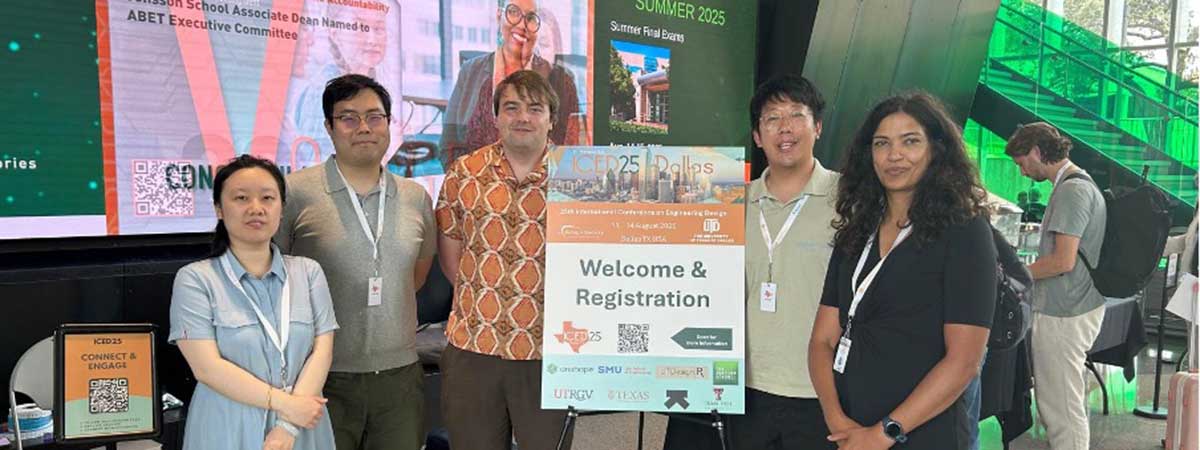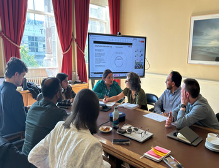In Industry 4.0, where digitalisation is stimulated through the Internet of Things (IoT), Big Data, and machine learning, organisations are gaining access to an ever-increasing volume of valuable data from interconnected devices and sensors. This data-driven approach has been widely adopted by practitioners and gained researchers’ interest; but a comprehensive understanding of data-driven design activities is lacking. This blog post is based on a paper which delves into the subject by conducting a systematic literature review on the data-driven design and the types of data utilised in the new product and service development process. The findings provide valuable insights into how data or analytics support designers during new product and service development.
To scrutinise the role of data or analytics in new product and service development, a systematic literature review of 72 papers was undertaken. Data-driven design involves four different data sources: sensor-collected, user-generated, expert-generated, and internal/external documents. These data sources were utilised in diverse combinations throughout different phases of new product development. The findings revealed ten distinct types of data-driven design activities, grouped into four aspects: data-driven design for exploration, verification, proliferation, and trustworthiness.
- Data-driven design for exploration
- Understanding the usage context better
- Generating product/service design ideas
- Changing user behaviours
- Data-driven design for verification
- Supporting sense-making Processes
- Validating design decisions
- Data-driven design for proliferation
- Building business strategies and ecosystems
- Planning product portfolios
- Improving product lifecycle management
- Data-driven design for trustworthiness
- Embedding design reliability into systems
- Assessing, predicting, and enhancing product performance.
This study aims to provide valuable knowledge for practitioners and researchers by shedding light on the role of data or analytics in supporting designers during new product and service development, which will help create more effective methods and processes. The ultimate goal is to fully harness the potential of data-driven design and maximise its benefits in the rapidly evolving landscape of Industry 4.0.





